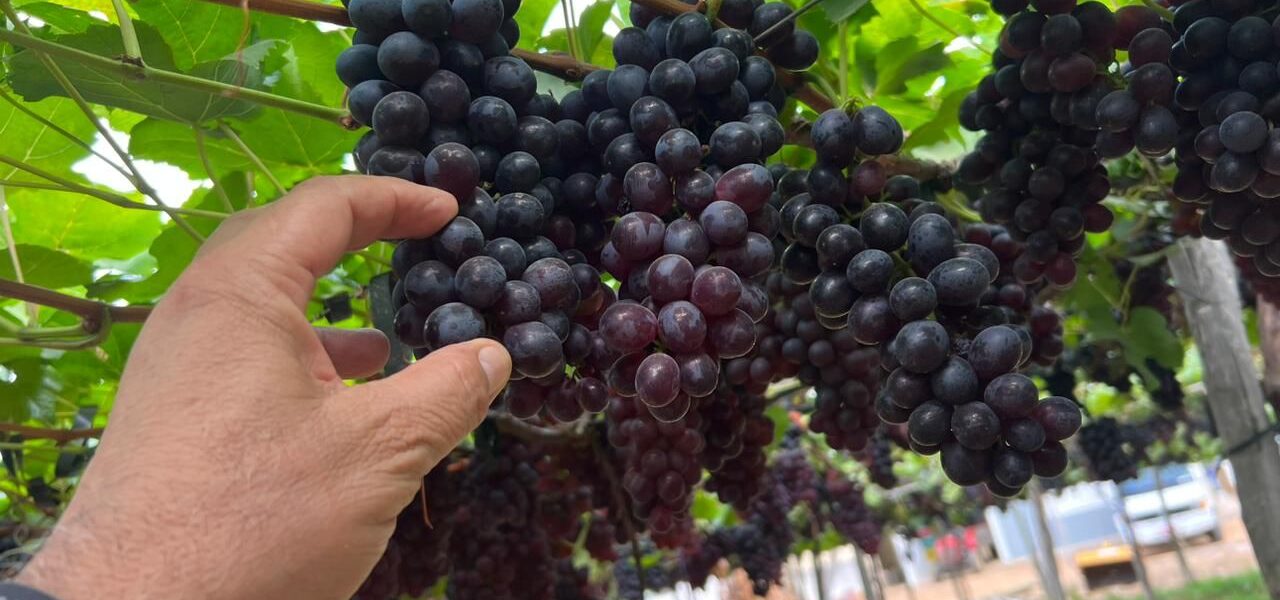Moringa tree is a plant that has been used for centuries for its medicinal and nutritional properties, but is it really a superfood?
Prof. Aécio D’Silva, Ph.D
Moringa is a plant that grows in tropical and subtropical regions of the world and has been used for various purposes, such as food, medicine, animal feed, and fuel. Moringa leaves are rich in vitamins, minerals, antioxidants, and anti-inflammatory compounds, and have been shown to have many health benefits, such as lowering blood pressure, improving blood sugar, boosting immunity, and fighting infections. Moringa leaves can be consumed fresh, dried, or powdered, and can be added to salads, soups, smoothies, teas, and other dishes. Moringa leaves can also be produced easily and sustainably, as the plant is fast-growing, drought-resistant, and can be grown in small spaces.
Category: Sustainable Agriculture
How to Grow More with Less: The Power of Phytohormones and Beneficial Microbes in Sustainable Agriculture
A novel approach to enhance the productivity and resilience of crops using natural and eco-friendly biostimulants
Prof. Aécio D’Silva, Ph.D
Phytohormones and Beneficial Microbes – Sustainable agriculture is the practice of producing food, fiber, and fuel in a way that meets the needs of the present without compromising the ability of future generations to meet their own needs. Sustainable agriculture aims to conserve natural resources, protect the environment, enhance human health, and ensure social and economic well-being. However, sustainable agriculture faces many challenges, such as climate change, population growth, land degradation, water scarcity, pest and disease outbreaks, and food insecurity. To overcome these challenges, farmers need to adopt innovative and efficient methods of crop management that can increase the yield and quality of crops, while reducing the input and impact of synthetic chemicals, such as fertilizers, pesticides, and growth regulators. One of the possible solutions is to use phytohormones and beneficial microbes, which are natural and eco-friendly biostimulants that can improve the growth and development of plants by modulating their physiological and biochemical processes.




